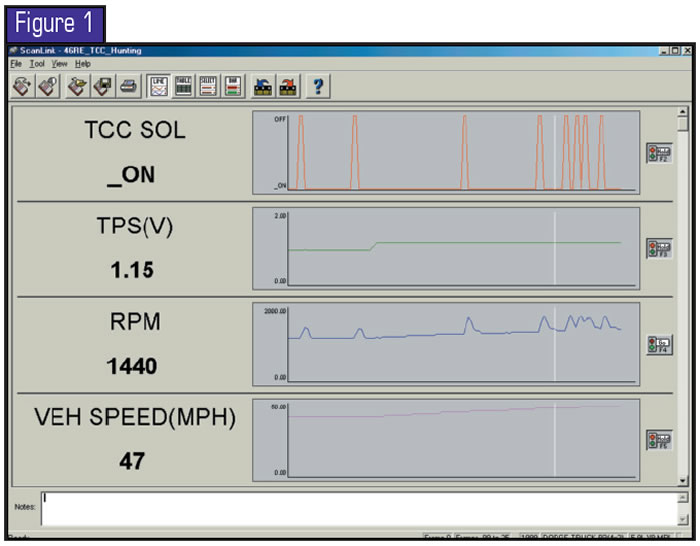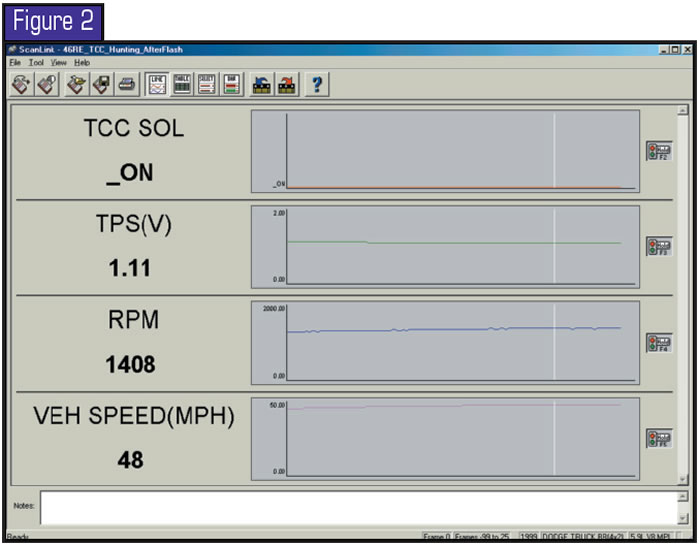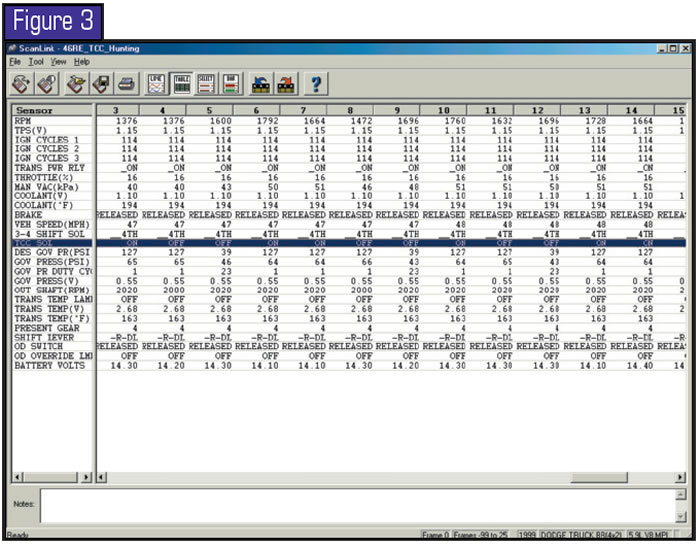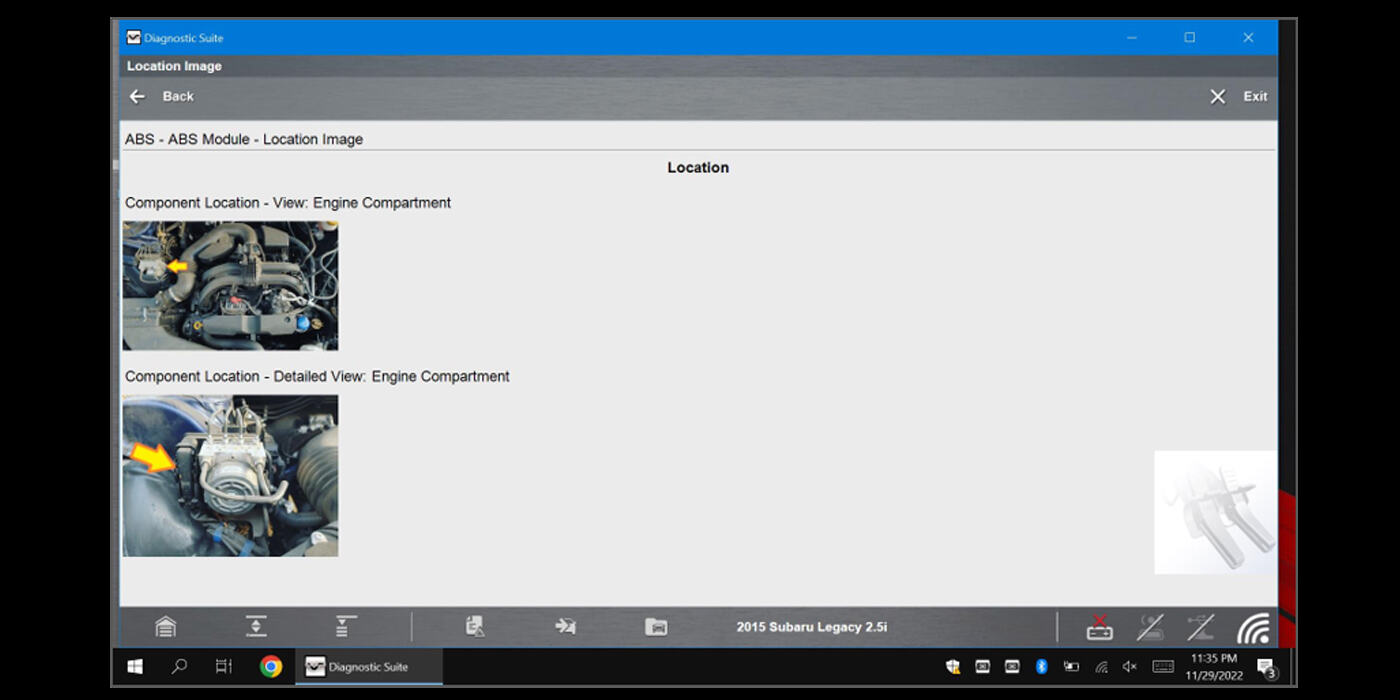
TASC Force Tips
- Author: Dan Tucker
As we all know, the transmission industry is changing continually. It is a struggle to keep up to date with today’s transmissions and the electronics controlling them. With these transmissions doing so much more, the difficulty of troubleshooting them is becoming more challenging.
Most of the time we find the fix is inside the transmission/transaxle. It could be a failed part, or a part wearing out, or just a possible design flaw from the factory. We are used to correcting complaints by either replacing parts or making alterations. We have even seen situations where just changing the fluid can correct a customer’s complaint.
Occasionally, we find the problem to lie outside the transmission/transaxle, in such parts as the MLPS (manual-lever position sensor), TPS (throttle-position sensor) or MAP (manifold-air-pressure) sensor, to name a few. Though it’s rare, even the computers/modules (such as the vehicle control module (VCM), transmission control module (TCM), powertrain control module (PCM) or engine control module (ECM)) fail from time to time. We have become accustomed to troubleshooting these systems, and although they are becoming somewhat routine, we all know that we run into some problems that “push” you. They either push you into being a better technician or push you closer to finding a different occupation.
Some of the more-difficult problems we have encountered in the past seem to break the rules of our common troubleshooting techniques. Let’s start with a common problem on a 2000 Dodge full-size pickup with a 46RE and 5.9-liter engine. The customer’s complaint is shifting in and out at 40-45 mph. A quick road test verifies the customer’s complaint. The next step is to try to find out whether the cause of the problem is inside the transmission or with the computer system that controls it. We take it for another test drive with the scan tool armed to take a movie-snapshot.
Some may ask, “What is a movie-snapshot?” Most of the scan tools in shops have the ability to record data while the vehicle is experiencing a problem. The movie-snapshots are wonderful in locating problems such as in this vehicle. It is also much safer to record the data and then review it while the vehicle is sitting still. I also like the programs that allow for interfacing the movie-snapshot onto a personal computer. Most of the major scan-tool manufacturers offer some sort of PC-based software to view movie-snapshots on PCs.
As you will notice in Figure 1, the chosen data in the movie clearly shows that the PCM is commanding the torque-converter clutch (TCC) off and on. Now we know what the problem is, but what is the cause? Our next step is to try to locate the possible cause by looking through the data in search of a sensor that could be persuading the PCM to command the irregular action. As you can see in Figure 2, no data being input to the PCM would indicate a reason for the TCC to be going on-off-on-off, or hunting. The TPS is steady, as are the brake switch and every other sensor that you would think could cause the TCC to cycle off and on.


So what do you do at this point? Do we start throwing parts at the problem, hoping it will correct the condition? Do we get a lab scope and start testing each sensor to see whether there is a problem that the movie is not showing? Any way it goes, this problem that looked simple at first now appears to be a low-profit job. We are blessed at our shop to have in house the ability to reprogram or flash the PCM. So in a desperate search for a fix, we decided to flash the PCM, even though there were no indications that the flash would do anything to correct a TCC-hunting problem.
Well, as you can see in Figure 3, the fix was in a flash. How long could we have beaten our head against the wall trying to correct this complaint by working inside the transmission or by replacing sensors? How much time and money could we have wasted? I know that there are going to be some of you who report that the real cause of the hunting is the TPS being slightly erratic, noise from the alternator or whatever, but the bottom line is that simply flashing the PCM did indeed cure the customer’s complaint. Possibly it was cured by the programming inside the PCM that resulted in having the “window widened” a bit for the strategy of the TCC going on and off. Many times we are not really sure what is in the flash, but it can correct the problem.

There are so many possibilities with different programming on different vehicles that your actual results could be different, and flashing every vehicle that comes in is not recommended. It is best to research any technical-service bulletins before flashing any computer. However, sometimes you might encounter a situation in which even the dealers don’t have any documentation of a flash correcting a problem. Many times this is the case with the TCC-hunting off-on-off on the 1998-up full-size Dodge trucks. In this situation, as the flash is known to correct the problem, you may have to ask the dealer to flash it anyway.

Dan Tucker, owner of Tucker’s Transmissions, is an associate member of the TASC Force (Technical Automotive Specialties Committee), a group of recognized industry technical specialists, transmission rebuilders and Sonnax Industries Inc. technicians.













